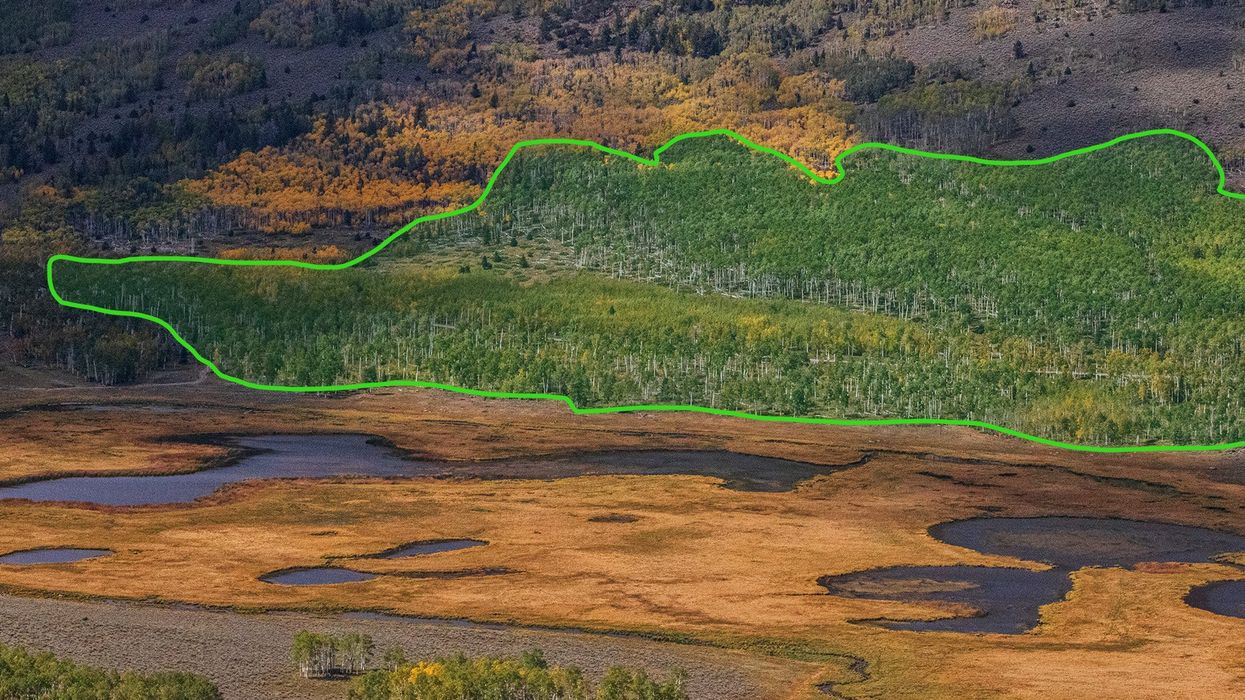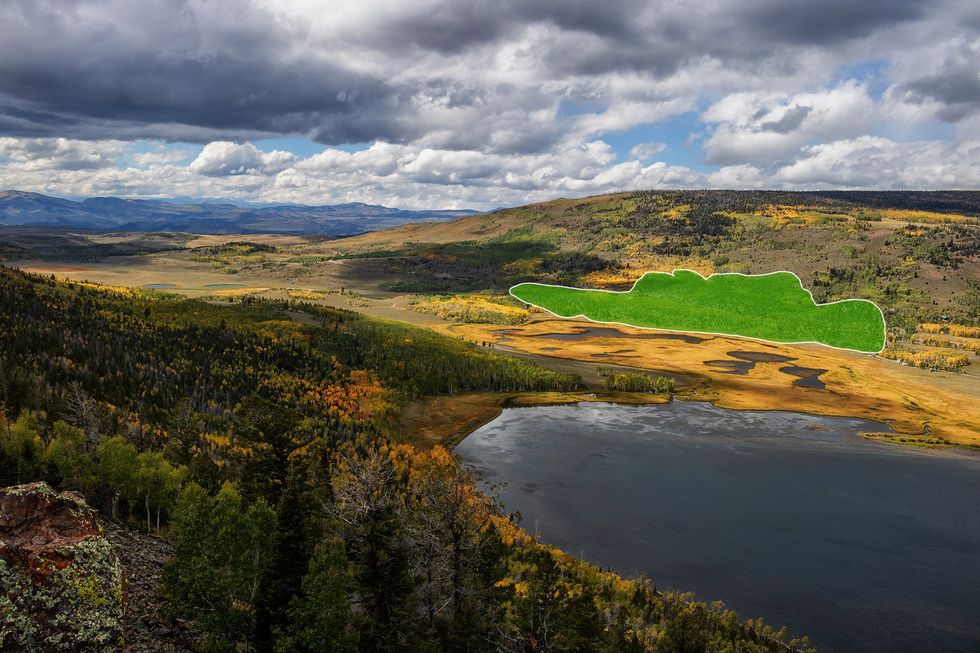Jake Brigstock
Oct 05, 2024

Planet Earth's biggest living organism in Fish Lake, Utah is slowly being eaten
Lance Odditt, Friends of Pando (CC BY-SA 4.0)
Earth's biggest living known organism, which is also the planet's very largest tree, is slowly being eaten in Fresh Lake, Utah in America.
'Pando' is a 106-acre stand of quaking aspen clones and although it looks like a wood with loads of individual trees in it, the 47,000 stems all come from one root network, reports Science Alert.
The whole thing weighs around 6,000 metric tonnes and by mass, it's the biggest single living organism on the planet.
It's protected by the US National Forest Service and is in no danger of being cut down but there are a number of other threats to it, with overgrazing by deer and elk the biggest worry about its future.
These animals usually congregate around 'Pando' because of the protection it offers and they are not at threat from predators, such as wolves, as much anymore simply because there aren't as many predators around.
When older trees die or fall down, light reaches the floor of the woodland allowing for a new stem to start growing but the tops of these are being eaten off the newly formed stems, meaning they end up dying.
Because of this, there is very little new growth around 'Pando'.

There is one area that has seen growth as it was fenced off to remove dying trees a few decades ago ad because deer and elk have not been able to get to that part, new stems have started to grow successfully.
Other challenges it faces are diseases and climate change but it has stood the test of time to this point.
'Pando' is said to have been around for thousands of years, potentially even up to 14,000, even though the most stems usually last for 130 years.
It's helped support a whole ecosystem with 68 different species of plant there and animals have evolved and been supported under the shade it provides.
Most clonal aspen stands in North America are significantly smaller, with those in western America averaging just three acres.
How to join the indy100's free WhatsApp channel
Sign up to our free indy100 weekly newsletter
Have your say in our news democracy. Click the upvote icon at the top of the page to help raise this article through the indy100 rankings.
Top 100
The Conversation (0)













